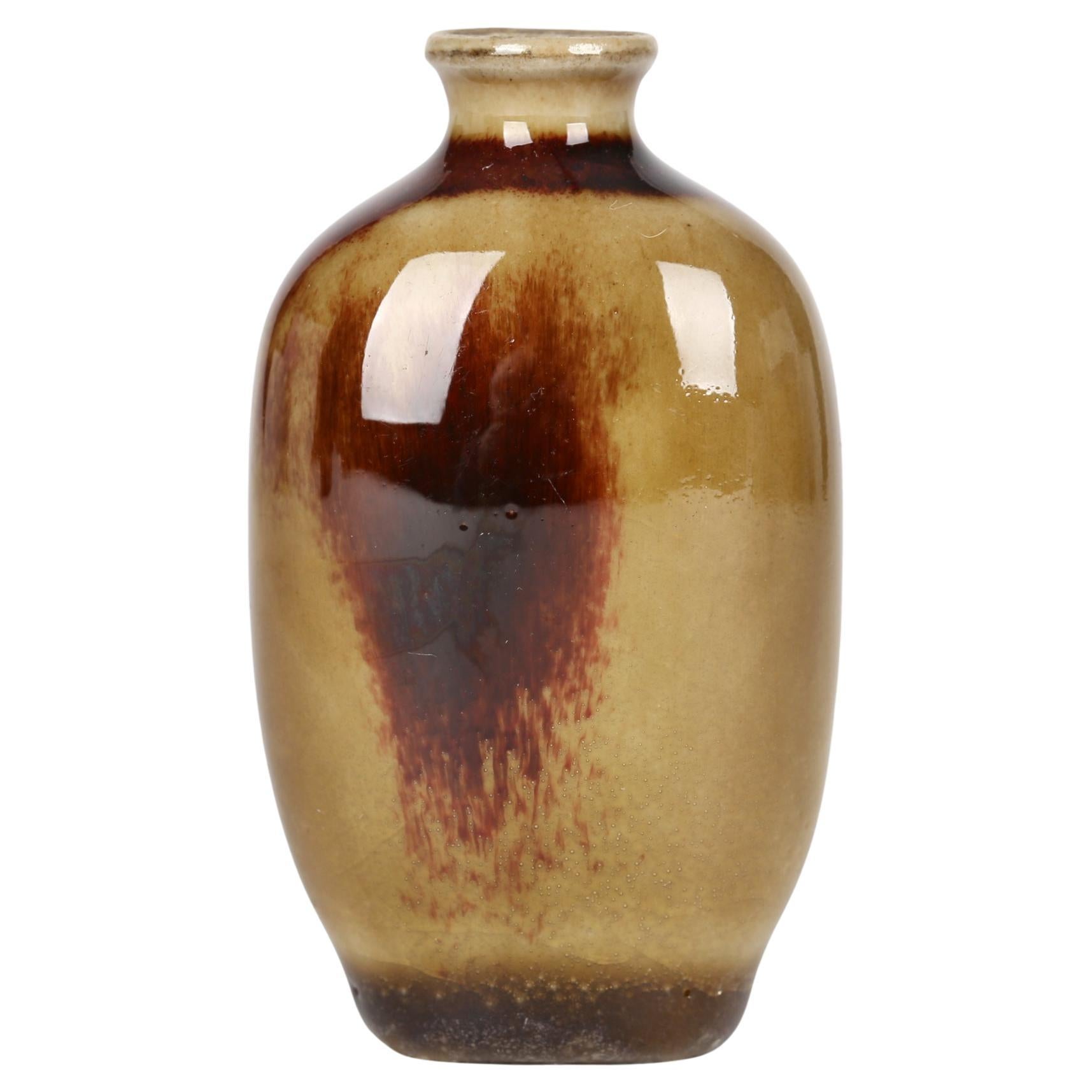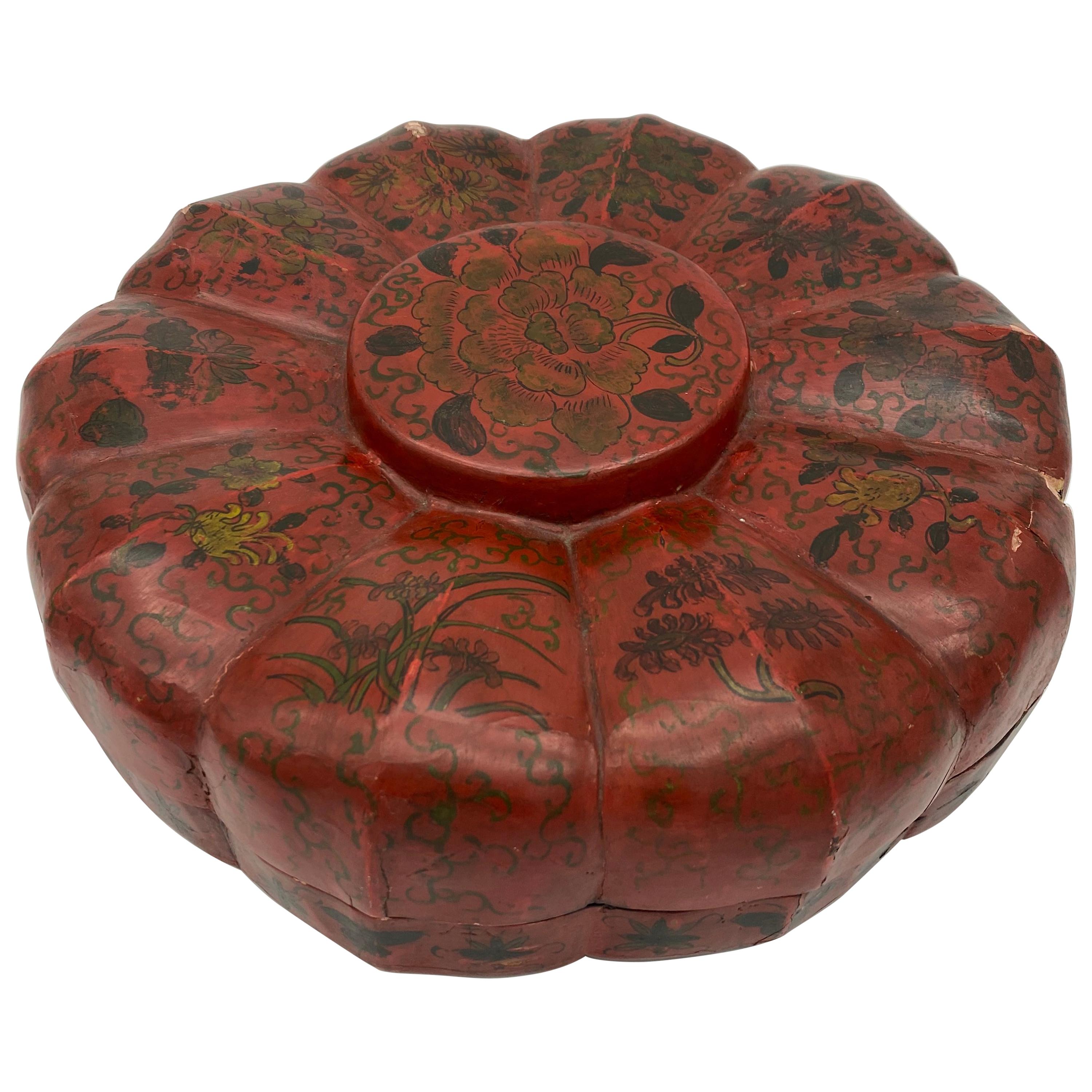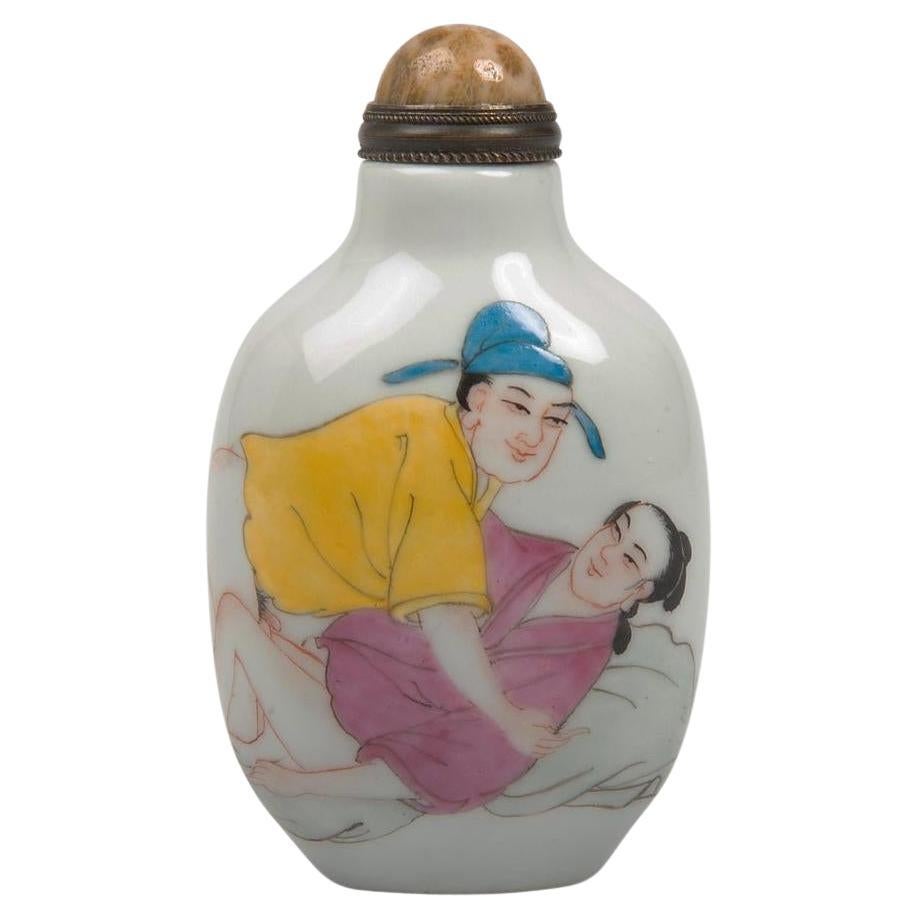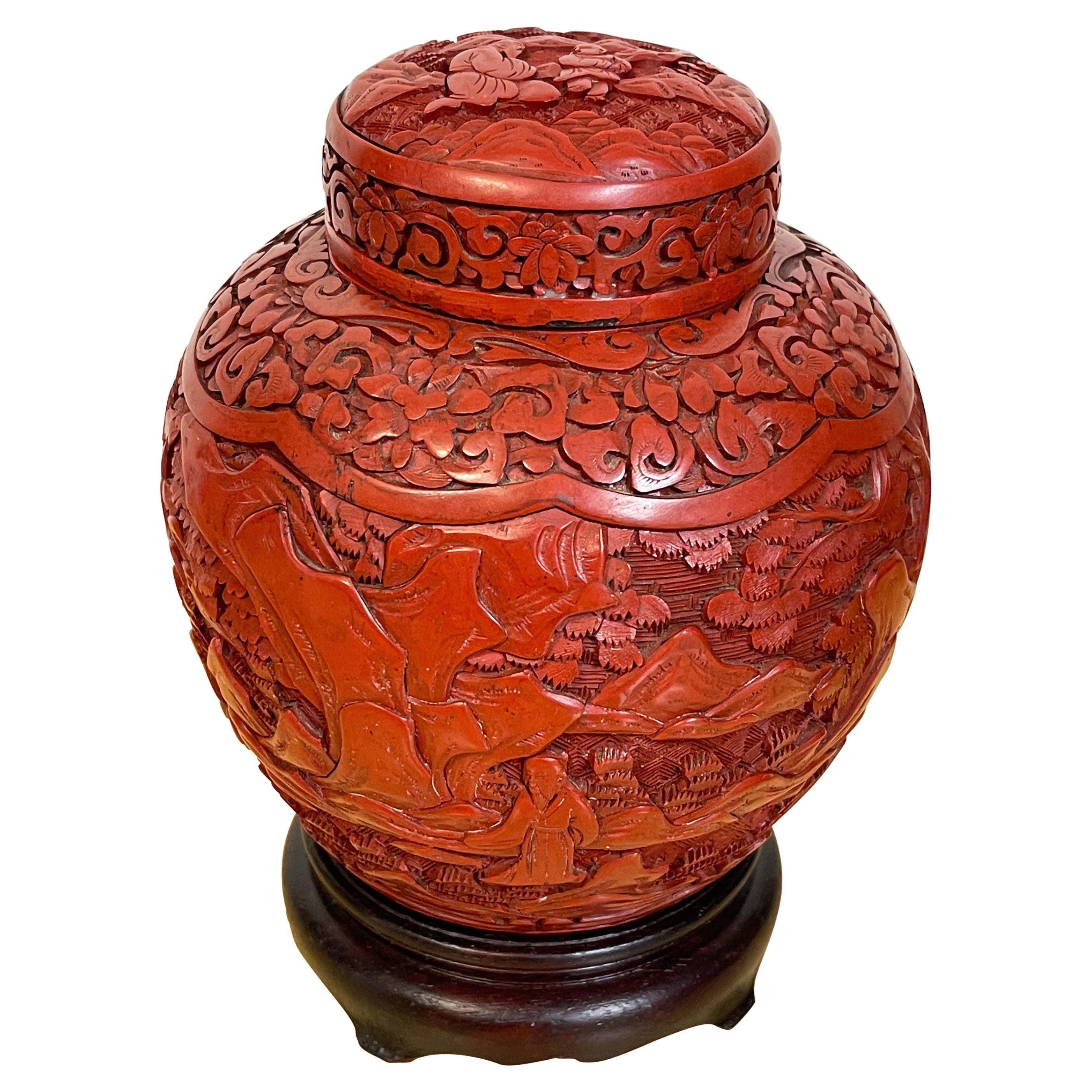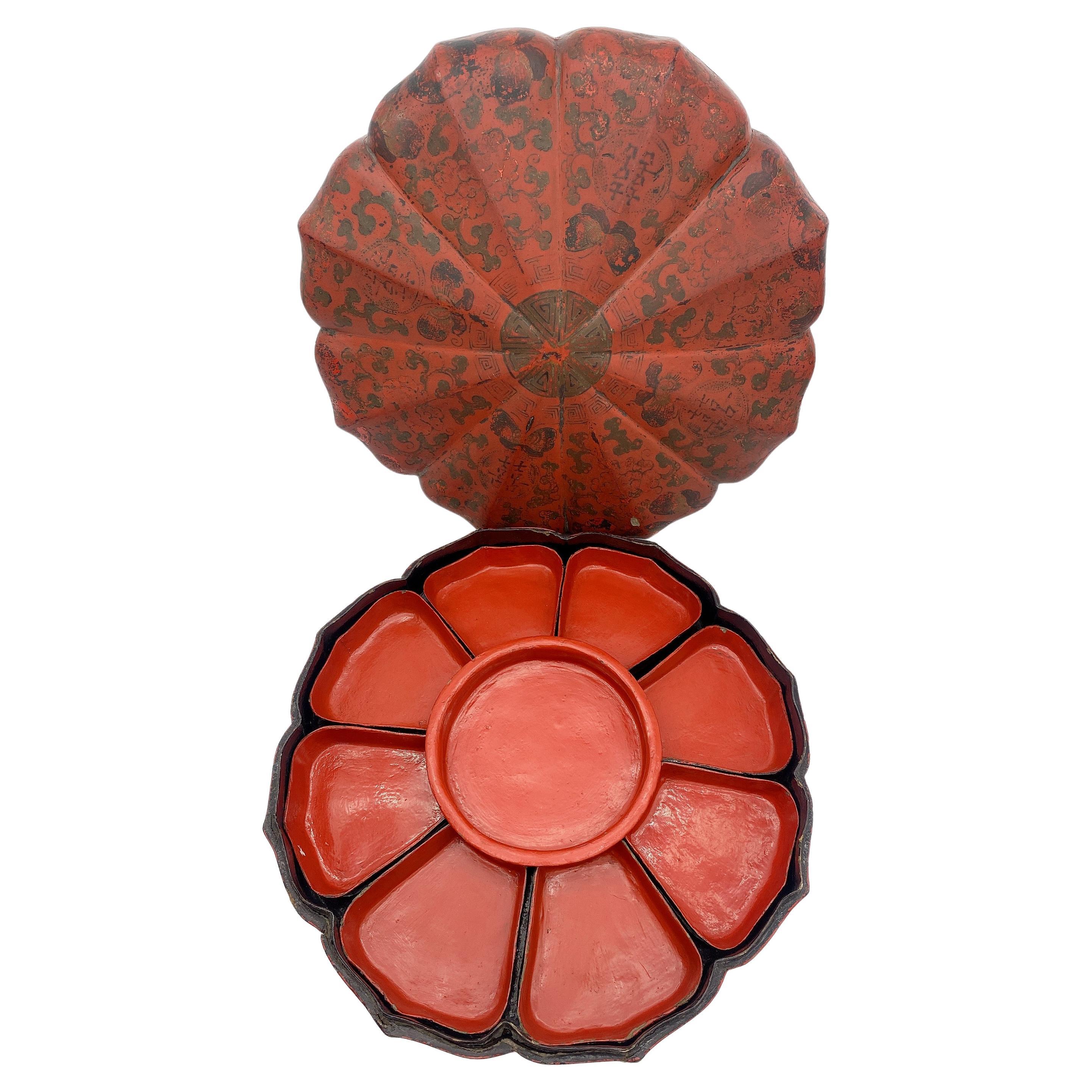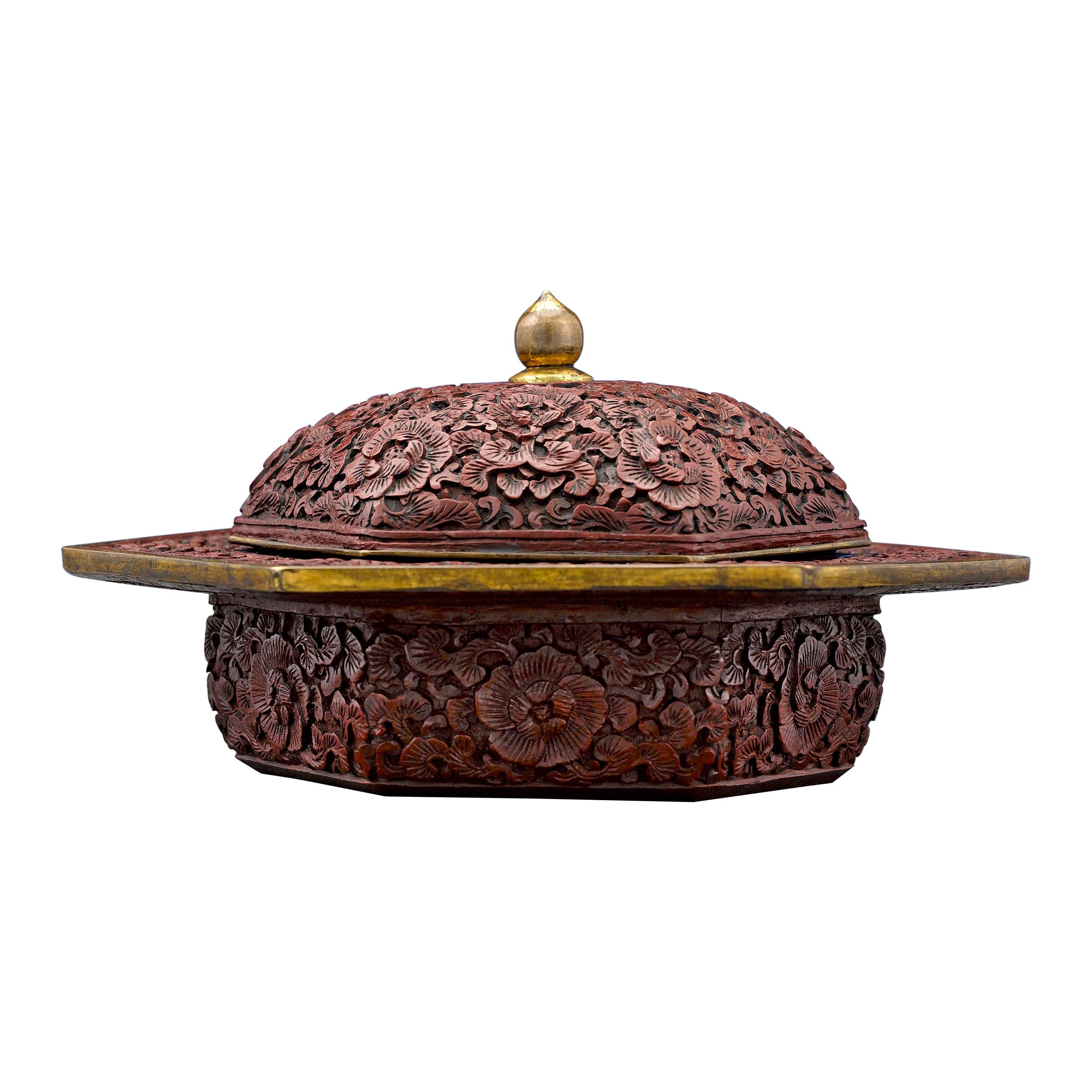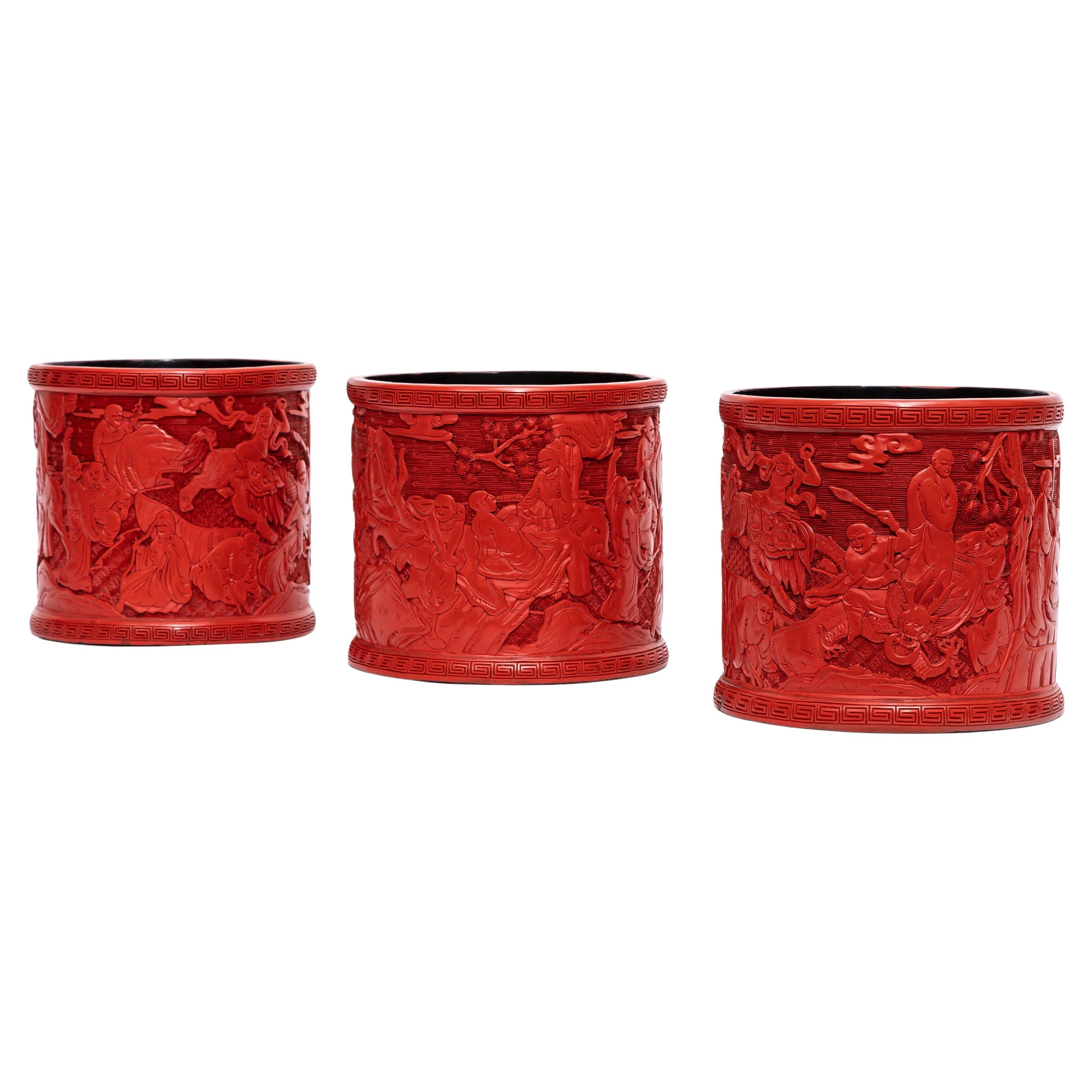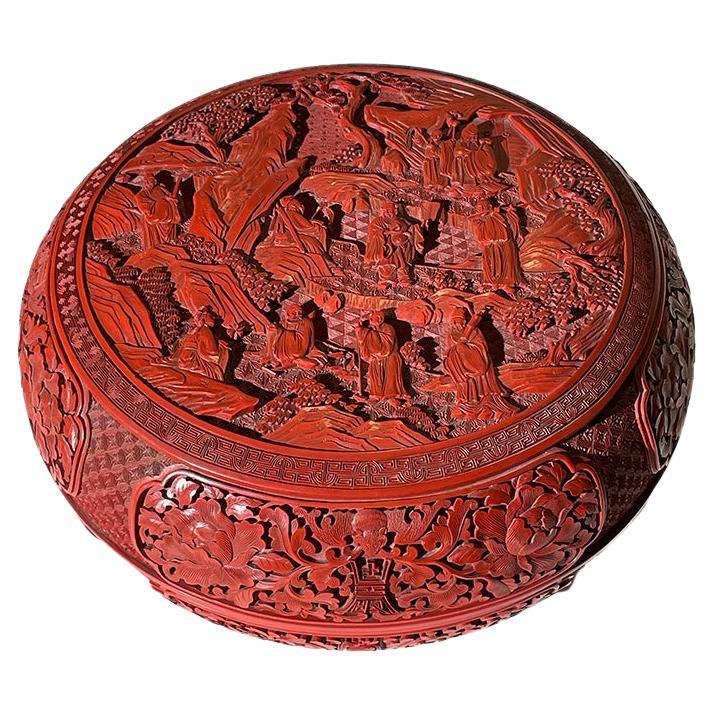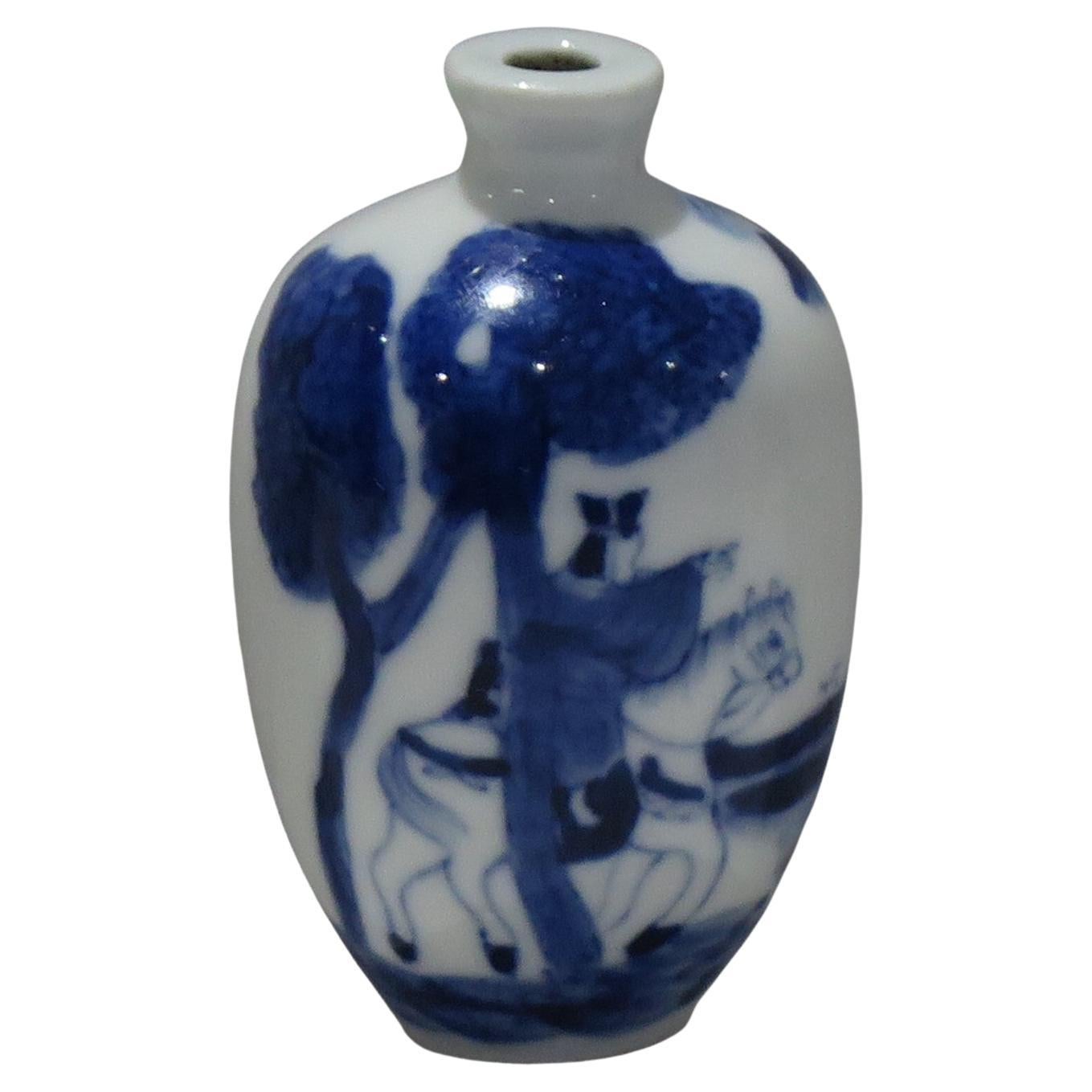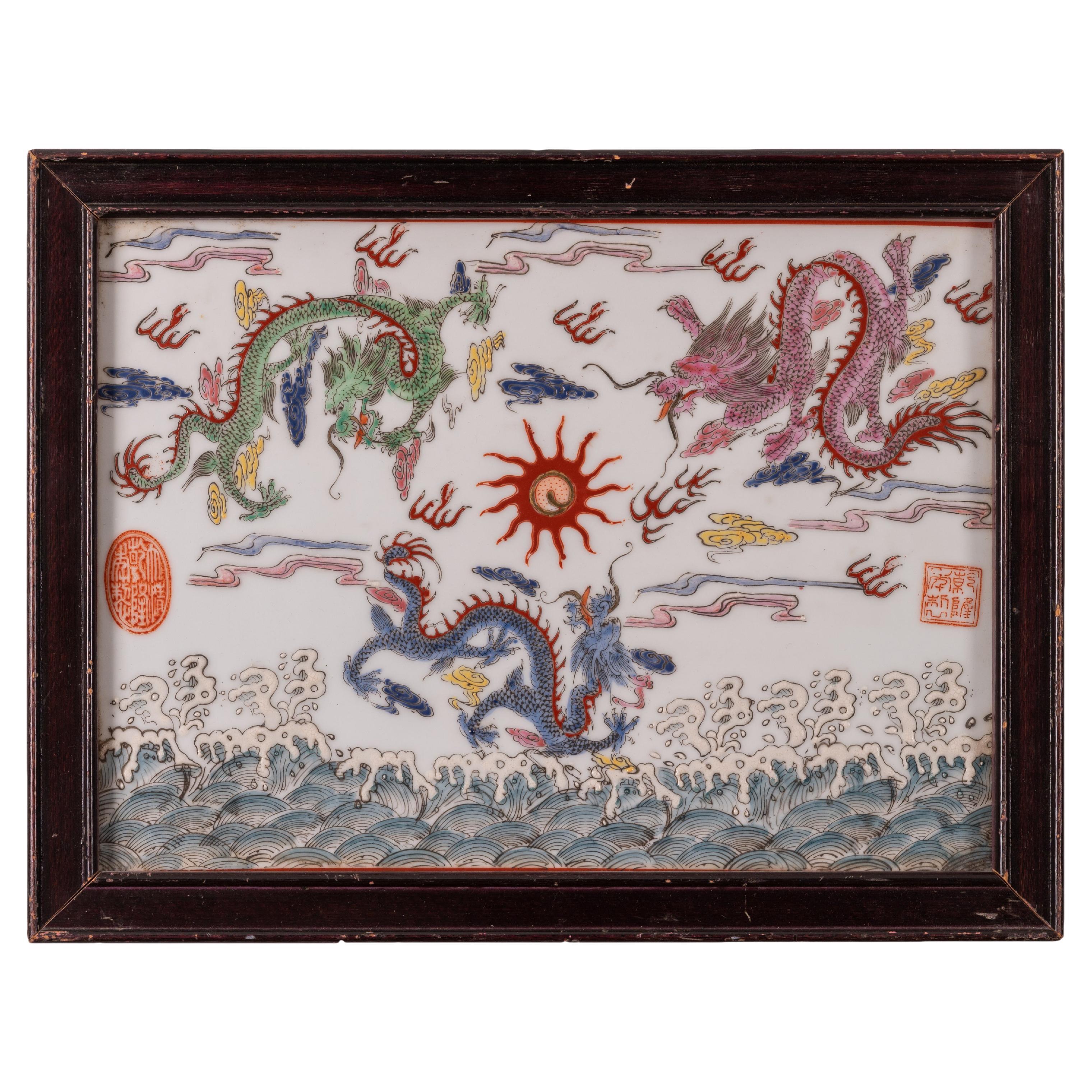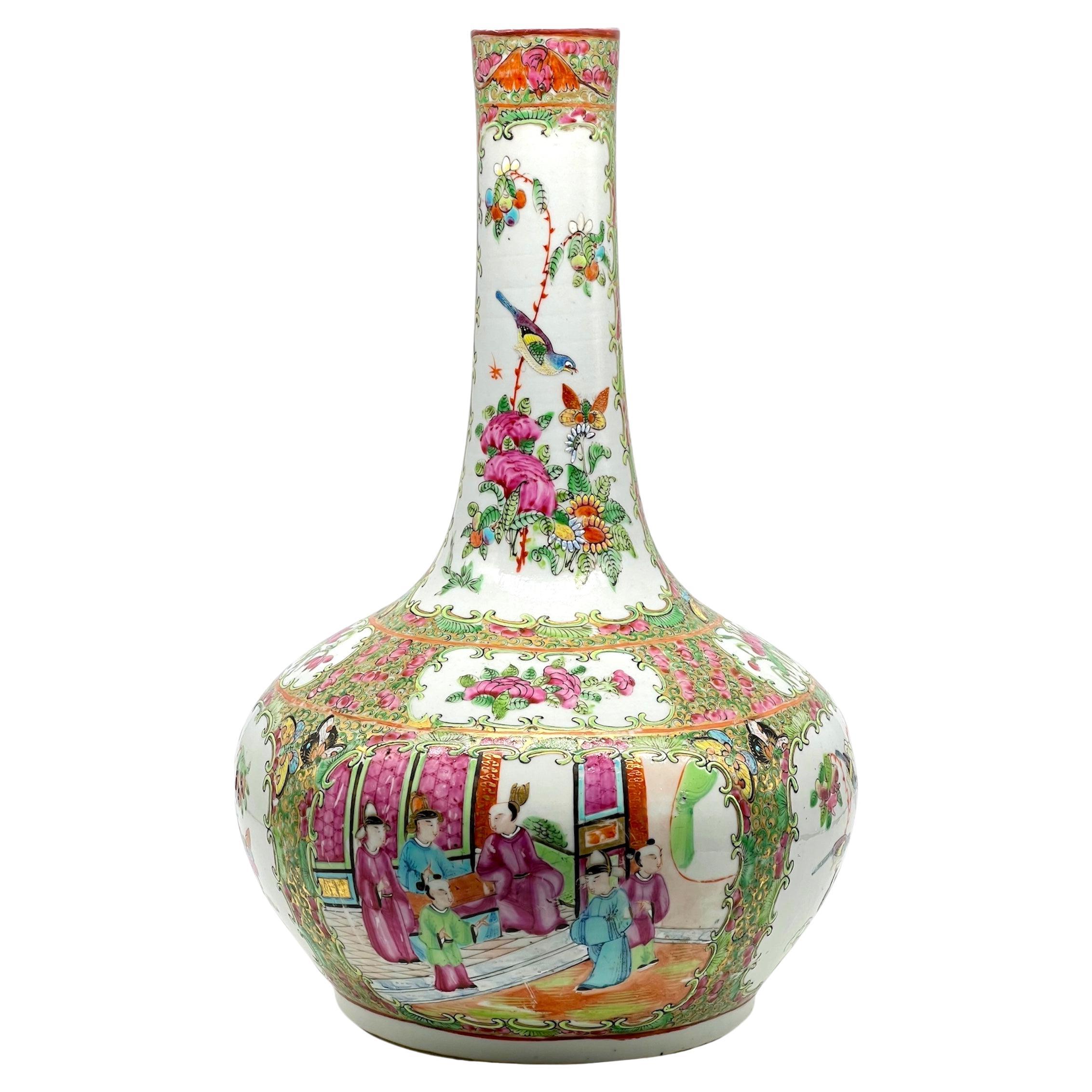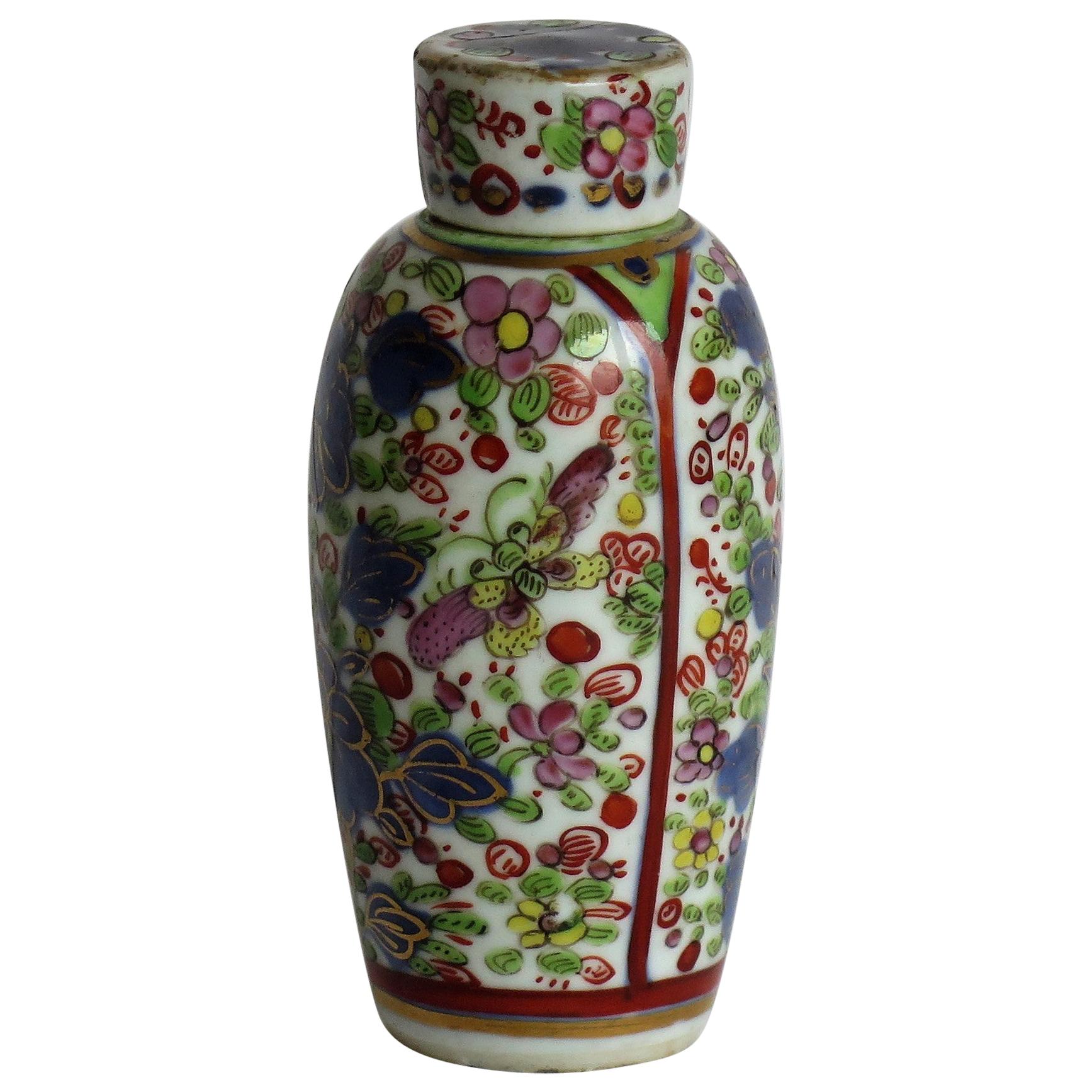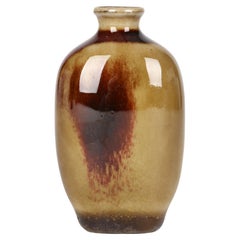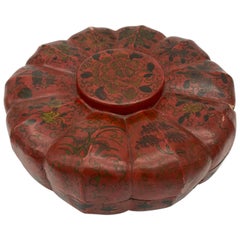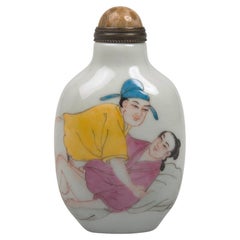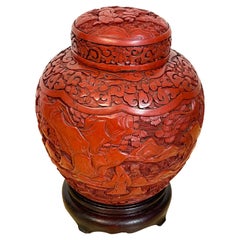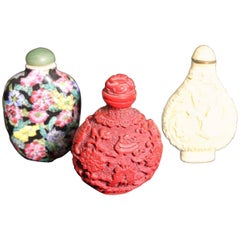
Three Chinese Snuff Bottles Qing Dynasty Republic Lacquer Cinnabar Porcelain
View Similar Items
1 of 7
Three Chinese Snuff Bottles Qing Dynasty Republic Lacquer Cinnabar Porcelain
$408.01List Priceper set
About the Item
- Dimensions:Height: 3 in (7.62 cm)Width: 2 in (5.08 cm)Depth: 1 in (2.54 cm)
- Sold As:Set of 3
- Place of Origin:
- Period:
- Date of Manufacture:1880
- Condition:White cinnabar bottle has had the top reglued on. Can be repaired.
- Seller Location:Harrogate, GB
- Reference Number:1stDibs: LU331339458343
Authenticity Guarantee
In the unlikely event there’s an issue with an item’s authenticity, contact us within 1 year for a full refund. DetailsMoney-Back Guarantee
If your item is not as described, is damaged in transit, or does not arrive, contact us within 7 days for a full refund. Details24-Hour Cancellation
You have a 24-hour grace period in which to reconsider your purchase, with no questions asked.Vetted Professional Sellers
Our world-class sellers must adhere to strict standards for service and quality, maintaining the integrity of our listings.Price-Match Guarantee
If you find that a seller listed the same item for a lower price elsewhere, we’ll match it.Trusted Global Delivery
Our best-in-class carrier network provides specialized shipping options worldwide, including custom delivery.You May Also Like
Chinese Qing Brown Patchwork Glazed Porcelain Snuff Bottle
Located in Bishop's Stortford, Hertfordshire
A fine antique Chinese Qing porcelain snuff bottle decorated with underglaze brown patch work designs and dating from the 19th century or earlie...
Category
Antique 19th Century Asian Qing Ceramics
Materials
Porcelain
Qing Dynasty Chinese Red Lacquer Box
Located in Brea, CA
Chinese red lacquer box from Qing dynasty. Includes nine-pieces. Before in excellent condition. But when I take pictures, accidentally fell t...
Category
Antique Early 17th Century Chinese Qing Lacquer
Materials
Lacquer
Chinese Porcelain Snuff Bottle
Located in Vienna, AT
Very decorative, hand painted, Chinese snuff bottle, made from porcelain, circa 1940s.
The bottle has a narrow neck with a cone shaped stopper.
The main decoration is hand painted.
Category
Vintage 1940s Chinese Chinese Export Ceramics
Materials
Porcelain
Post Qing Dynasty Cinnabar Ginger Jar & Stand
Located in West Palm Beach, FL
Post Qing Dynasty Cinnabar ginger jar & stand
Exquisite high relief carved continuous landscape motif, complete with hardwood stand. Unmarked.
T...
Category
Early 20th Century Chinese Chinese Export Lacquer
Materials
Hardwood, Lacquer
$1,196 Sale Price
20% Off
Qing Dynasty Chinese Wooden Red Lacquered Presentation Box
Located in Brea, CA
Qing Dynasty Chinese wooden red lacquered presentation box, lovely and beautiful red lacquer box with popular snacks like roasted melon seeds, dried fruit, this auspicious objects ar...
Category
Antique Mid-19th Century Chinese Qing Lacquer
Materials
Lacquer
Chinese Cinnabar Lacquer Cuspidor
Located in New Orleans, LA
This intriguing Chinese zhadou is intricately carved of fine cinnabar lacquer. A work of exceptional artistry, this covered bowl is adorned with an intricately carved floral motif on all surfaces, including the cover and the wide rim. Also known as a cuspidor or spittoon, this rare container would have been used by members of the imperial family and scholar- officials at the court. Carved during the Kangxi period (1662-1722), this charming piece exhibits the high detail and charm associated with items from that period, making it a true treasure,
Early 18th century (Kangxi dynasty)
Measures: 6 ¼” wide x 3 ¼” high
Cinnabar has been revered for its color all over the world. It has been found in the royal burial chambers of the Mayas, in the rituals of India, and in the ruins of ancient Greece and Rome. In China, cinnabar and gold were the two most important elements in alchemy. Mined since the Neolithic Age, cinnabar is the ore of mercury, and as such, it can be incredibly toxic, especially when mining. In fact, during the Roman Empire, miners at Spain’s Almadén mine in Spain were frequently exposed to mercury fumes, and the subsequent, often fatal, sickness was considered an occupational hazard.
The most popular known use of cinnabar is in Chinese carved lacquer-ware, a technique that is believed to have originated in the Song Dynasty, in which cinnabar is ground to a powder and added to clear lacquer. As with mining, there was inherent danger of mercury poisoning for those who carved the lacquer, as mercury was also released into the air when artisans ground the pigments. Most antique cinnabar...
Category
Antique 18th Century Chinese Other Lacquer
Materials
Lacquer
Recently Viewed
View AllMore Ways To Browse
Cinnabar Snuff Bottle
Fukagawa Koransha
Guanyin Ceramic
Ming Vase Dress
Glazed Censor
Guan Ware
H C Dexter
Gunnar Nylund Seal
Higa Pottery
Japanese Porcelain Dish Y Y
Patrick Bergsma
Japanese Shoki Imari
Modern Japanese Studio Pottery Oribe Vase
Satsuma Bucket
Porcelain Qing Kangxi Dragon Bowl
Takahashi Rakusai
Chinese Familia Vases
Fabricado Em Macau
